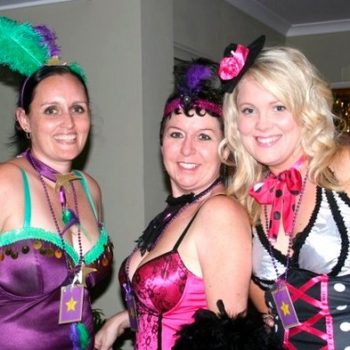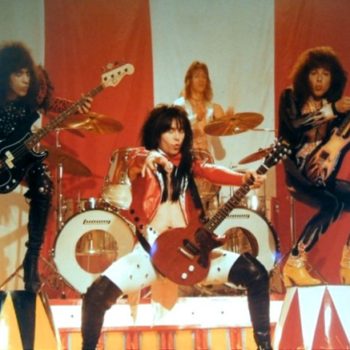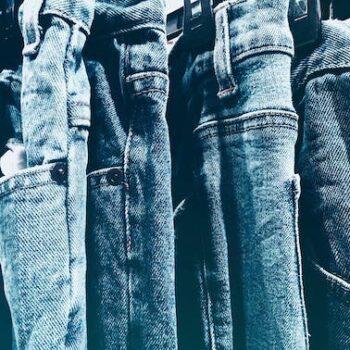How Was College Fashion in the Early 2000s
November 25, 2025How Was College Fashion in the Early 2000s? At the start of the new millennium, college campuses across the Western world became unexpected laboratories for fashion’s next great identity crisis. Students were walking contradictions, caught between analogue nostalgia and digital awakening, and their wardrobes reflected that strange, uncertainty. The Y2K era has since been romanticised in hindsight, but at the time, no one thought they were dressing for posterity. They were simply responding to the peculiar combination of optimism and unease that came with living through the dot-com bubble, the rise of reality television, and the last gasp of low-rise jeans.
Meanwhile, brands that had once defined exclusivity suddenly became accessible to anyone with a student discount and a functioning internet connection. The high street was thriving, and fast fashion chains were multiplying. H&M, Zara, and Topshop were the triumvirate of choice, feeding students a constant diet of quick-change trends. By 2003, a girl could reinvent herself every term: boho in autumn, Paris Hilton clone by spring. The sheer speed of consumption was thrilling. It was also the first hint of a cultural addiction that would later seem impossible to shake.
How Was College Fashion in the Early 2000s?
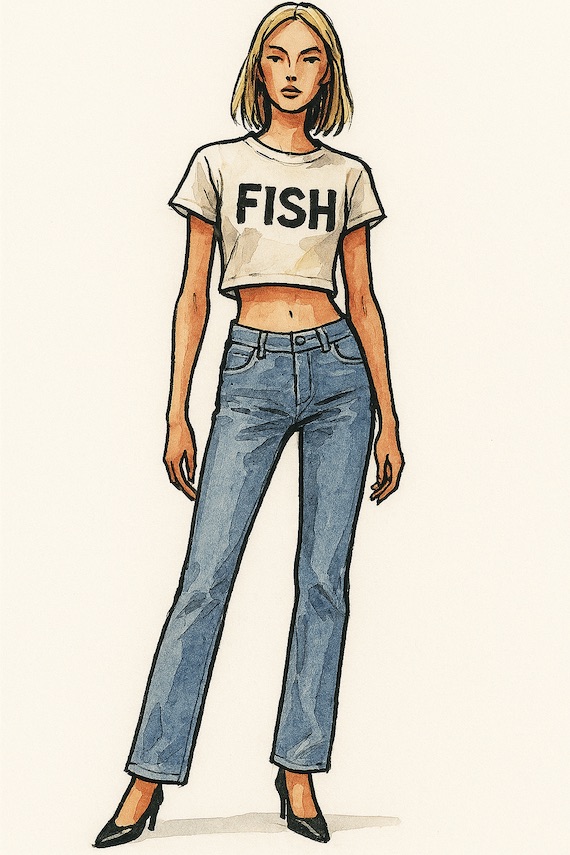
Image G Jones/AI
Elsewhere, vintage shopping began its slow migration from niche hobby to mainstream weekend activity. Charity shops near university towns were stripped of 1970s polyester and 1980s denim by students looking to construct ironic identities. Wearing old clothes became an act of deliberate subversion against conformity, yet the irony often dissolved into genuine affection. Faded sports tees, worn-out trainers, and secondhand bags acquired a kind of anti-glamour prestige. It was the beginning of “cool by accident” dressing, though of course it was never accidental at all.
On the surface, the early 2000s were about extremes: ultra-feminine one moment, aggressively androgynous the next. Baby tees emblazoned with sarcastic slogans were tucked into jeans that barely clung to the hips. Cropped cardigans were buttoned only at the top, showing the stomach as a new erogenous zone. Yet beneath the bravado, there was a tender kind of insecurity. No one really knew what adulthood looked like anymore, and the old rules of sophistication no longer applied. Fashion became a visual form of trial and error, broadcast across student bars.
Flip Phones
How Was College Fashion in the Early 2000s? At the same time, technology began an influence into the wardrobe. Nokia phones, iPods, and glittery flip phones peeked from micro handbags. The devices dictated pocket size and even silhouette. Skirts and jeans were low and narrow to accommodate the lack of space for bulky gadgets. The aesthetic of convenience was quietly replacing the aesthetic of effort. You could appear carefree, even when it required precision-level maintenance.
Pop culture, predictably, was both the problem and the solution. Television also had a stranglehold on collegiate aesthetics, with shows like The O.C., One Tree Hill, and Gilmore Girls setting the tone for aspirational cool. University students identified with their on-screen counterparts, who somehow managed to look both casual and curated. The effect was subtle mimicry: a hair streak here, a band tee there, smudged eyeliner.
How Was College Fashion in the Early 2000s? Global.
Underneath that mimicry was the first real emergence of global trend synchrony. For the first time, thanks to online message boards and early fashion blogs, a student in Bristol could dress almost identically to one in Boston. The internet compressed geography, and with it, individuality. Yet paradoxically, fashion felt more democratic than ever. Anyone could also participate in the trend cycle, no matter how small their budget or how provincial their postcode. What counted was fluency in visual culture.
Within that environment, subcultures thrived. Emo, scene, indie sleaze, and preppy aesthetics all competed for dominance in lecture halls and student bars. Each carried its own moral weight, its own declaration of taste and values. To wear a plaid skirt with a band tee was to signal membership in a community, even if that community existed only in cyberspace. The emo fringe, dyed jet black and worn like a curtain, was as recognisable as a football jersey. Identity was no longer about class or background; it was about your download speed and your last concert.
Preppy Revival
How Was College Fashion in the Early 2000s? Simultaneously, the “preppy revival” was gaining ground. Brands like Abercrombie & Fitch and Hollister packaged collegiate heritage into something shiny and cinematic. The look was American to its core: polo shirts, distressed denim, flip-flops, and hair that appeared wind-tousled even indoors. It was as though the entire world had been invited to a perpetual campus party somewhere in California. For British students, the fantasy also carried a special allure. Rainy weather was no match for dreams of sunlit lawns and red Solo cups.
Beyond the clichés, the early 2000s represented a curious blend of excess and simplicity. Makeup was often minimal by day, but glitter-smeared by night. Accessories teetered between practicality and parody. The most prized items were usually the least sensible: tiny shoulder bags that held almost nothing, or belts that functioned purely as decoration. In a way, this was a decade learning to perform itself. Fashion became a medium for self-documentation long before the smartphone made that literal.
How Was College Fashion in the Early 2000s? Sustainability? I don’t Know Her.
Importantly, sustainability was almost entirely absent from the conversation. Few students questioned where their £5 top had come from or who might have sewn it. Shopping was a leisure activity and a form of self-care before that term existed. Sales at Primark were treated like treasure hunts, and the idea of buying less felt needlessly austere. In hindsight, it is easy to criticise that obliviousness, yet it also reveals how invisible the machinery of mass production had become. The glamour of affordability outweighed the ethics of consumption.
Nevertheless, moments of individuality did shine through. Some students personalised their clothes with safety pins, fabric paint, or hand-cut fringe, turning cheap basics into statements. Customisation was the natural outcome of boredom with uniformity. A plain vest top could be reborn as clubwear with a pair of scissors and a packet of sequins. It was DIY meets MSN Messenger, a creative language spoken in crop tops and eyeliner. That irreverence, though brief, foreshadowed the rise of independent fashion blogs and handmade marketplaces later in the decade.




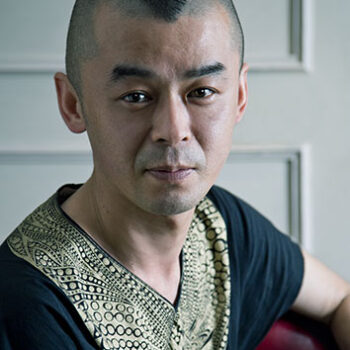


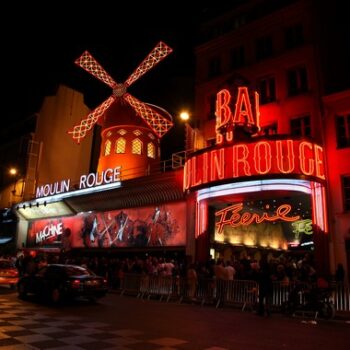
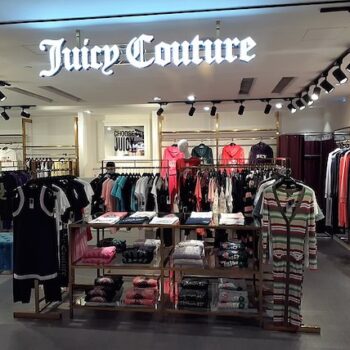
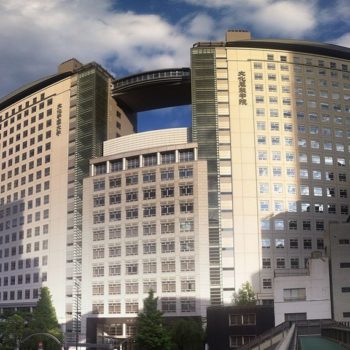

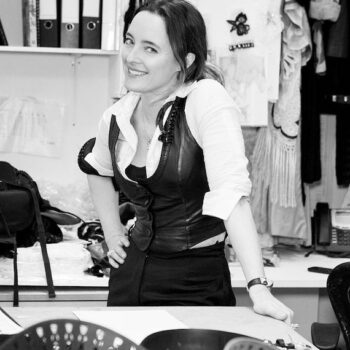
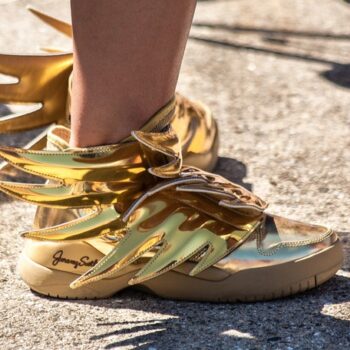
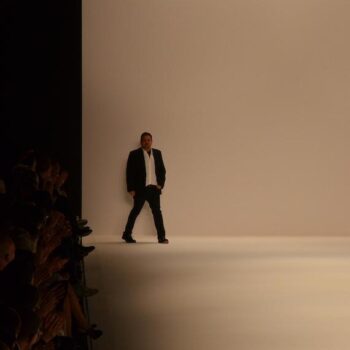






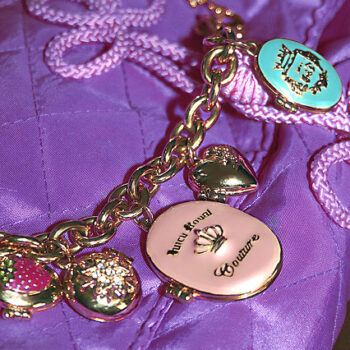
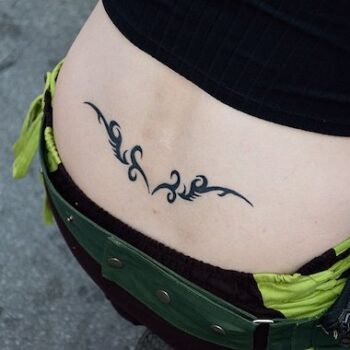
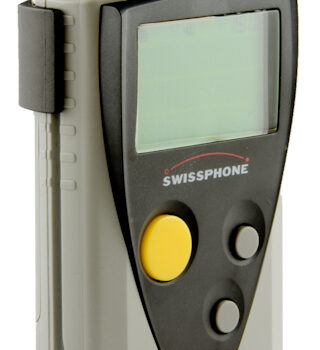




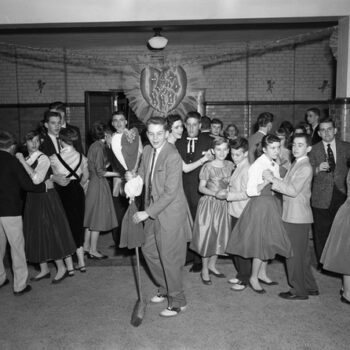

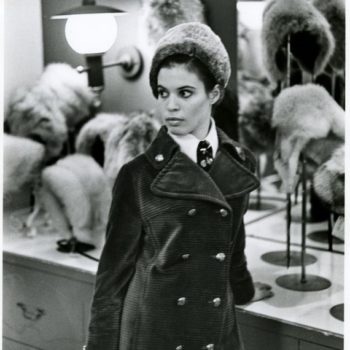
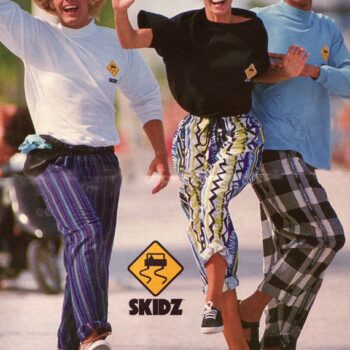

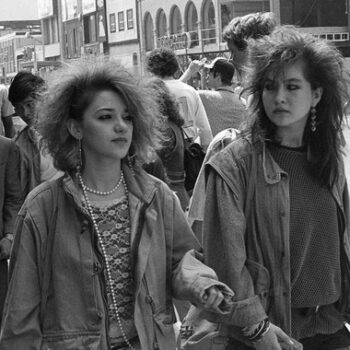
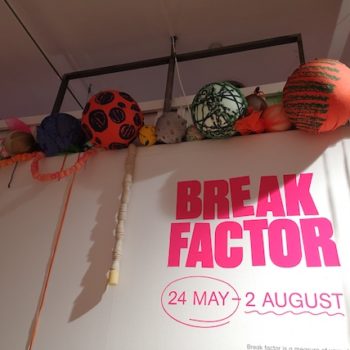



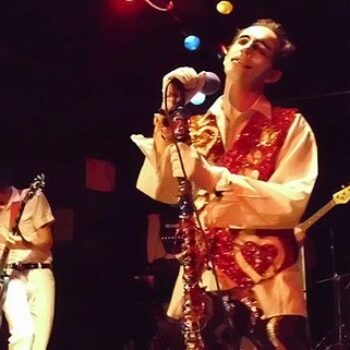

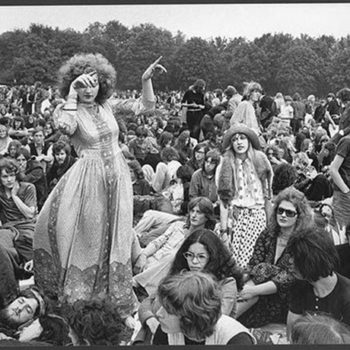
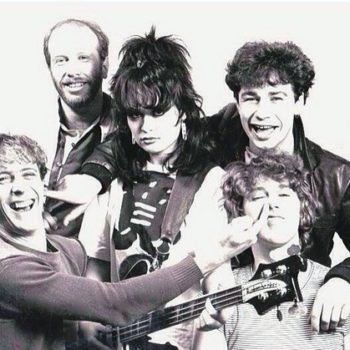


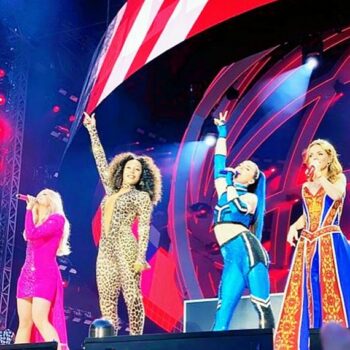
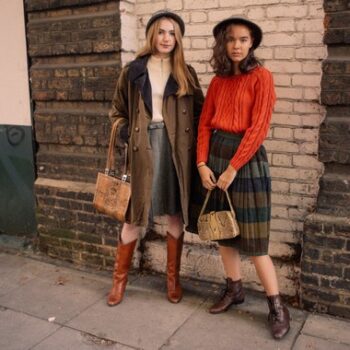
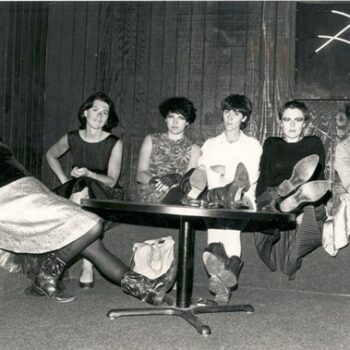
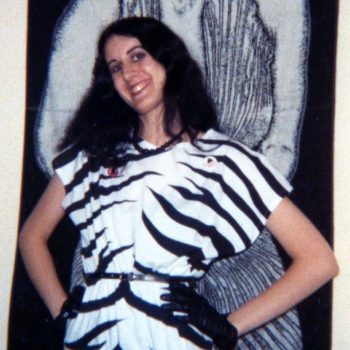
![What was 1980s fashion like, Gruppo_Italian, By Santulchix at the Italian Wikipedia project. [Public domain], via Wikimedia Commons](https://www.blue17.co.uk/wp-content/uploads/2018/04/What-was-1980s-fashion-like-Gruppo_Italian-By-Santulchix-at-the-Italian-Wikipedia-project.-Public-domain-via-Wikimedia-Commonso-350x350.jpg)
